Moons, tides, and GRACE (2009 Outreach)
I’m a scientist at the University of Colorado studying ocean tides. Before I started this research project, all I knew about the tides was what I’d seen at the beach. We can watch the tide flow in and out every 12 hours at the beach, but this only tells us about the tide at that one beach. I’m trying to measure how big the tides are everywhere in the ocean, at all the beaches in the world and even in the middle of the open ocean.
What makes this possible is a satellite system called GRACE (Gravity Recovery And Climate Experiment). GRACE is a set of 2 satellites flying over the Earth measuring how strong gravity is at each point on the Earth’s surface.
It’s common for us to think of gravity as “a force that pulls objects down” but it’s a little more complicated than that. Every object in the universe has gravity, which is a force that attracts all the other objects in the universe. That gravitational force is stronger for more massive (heavier) objects. An object’s gravity is also stronger the closer you are to it.
This means that there’s actually a gravitational force pulling you towards all the objects around you: your TV, your furniture, even other people! The reason we don’t notice all these gravitational forces is because gravity is stronger for objects with more mass. Because the Earth is trillions of times more massive than all these other objects, the gravity of the Earth is so strong that those other gravitational forces are tiny in comparison.
Before I started this research project, I thought that gravity was the same strength everywhere on Earth. In other words, I thought that if you dropped a ball and timed how many seconds it took to drop 1 meter, that the answer would be the same everywhere on Earth.
It’s true that gravity is weaker on other planets and moons. For instance, when Neil Armstrong walked on the moon, he weighed 6 times less than he does on Earth, and objects fell 6 times slower. On Mars, objects weigh 3 times less than they do on Earth.
But I thought that on any one planet, gravity was always the same strength no matter where you stand. I was wrong! It turns out that gravity is very slightly stronger at different places on the Earth. When GRACE measured the strength of gravity everywhere on Earth, here’s what it found:
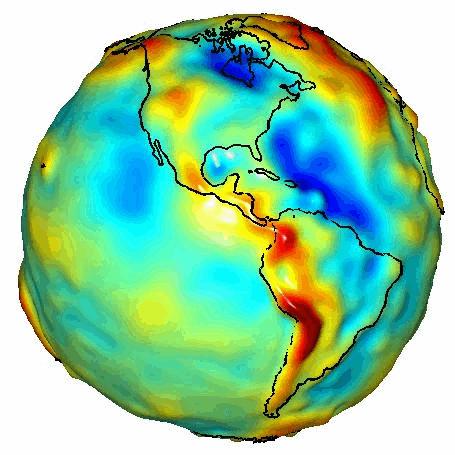
Places on the globe that are red have higher gravity than normal, and places that are blue have lower gravity than normal. This difference is tiny but GRACE is sensitive enough to detect it. Notice that gravity is especially strong on the west coast of South America. That’s because the Andes mountains are there, and they’re very massive. More mass means more gravity, so objects are very slightly heavier in the Andes mountains than in Texas.
But GRACE can even tell us how gravity changes with time. In other words, even if you stay in the same place on Earth, the strength of gravity slowly changes. For example, right after a big rainstorm in Austin there’s lots of extra rainwater on the ground. This water is heavy; it has mass just like the Andes mountains. So the extra mass makes Austin’s gravity slightly higher right after the rainstorm.
In 2007, I used GRACE data to search for places where gravity was getting stronger or weaker:
Gravity is decreasing in the blue areas on the map, which means that those blue areas are losing mass. Notice that there are 2 places losing mass: Alaska and southeastern Greenland.
These places are losing mass because their glaciers– very thick ice sheets– are melting and sliding into the ocean mostly because of global warming. Many scientists, however, prefer the term “abrupt climate change” because these changes are happening very rapidly in geological terms. For example, here’s a movie my professor made of the mass loss in Greenland:
This mass loss is speeding up, and just in the last few years it’s spread up the western coast of Greenland. That’s (one reason) why scientists are insisting that we need to stop burning gasoline in our cars and burning coal to make our electricity. The carbon dioxide (CO2) in all this smoke is warming the planet by trapping heat from the ground like a blanket.
Where is the greatest difference between high and low tides in the world? And by how much does it differ? – Mr. Natenberg
The Bay of Fundy in Canada experiences tides that are ~6 meters (~20 feet) high. Here’s a picture of a dock at high tide:
And this is what it looks like 6 hours later at low tide:
My own research detects the tides everywhere in the ocean by sensing the tiny increase in gravity during high tide:
How do the planets stay within their orbits? -Jesus
The Sun is the most massive object in the solar system. Because more massive objects have stronger gravity, all planets orbit the Sun. The force of gravity pulls the path of each planet into a (nearly) circular orbit. Because the Sun’s gravity is strongest next to the Sun, Mercury orbits very quickly because it’s closest to the Sun, while Saturn orbits very slowly because it’s very far away from the Sun.
How many moons are in our solar system? -Jonathon
Scientists have named 146 moons in the solar system. Jupiter and Saturn each have ~60 moons, but new moons are being discovered all the time. For example, we only knew about 18 of Saturn’s moons before the Cassini probe arrived at Saturn in 2004.
Here’s Io, a moon of Jupiter, with an erupting volcano at the top:
Io is covered with volcanoes which are so powerful that they can erupt lava and ash out into space, never to return. There are so many volcanic eruptions that scientists stopped trying to make maps of Io because the planet’s surface completely changes every few years because of all the lava flows.
These volcanoes are actually caused by the tides. Io is so close to Jupiter that the tidal forces squeeze Io hard enough to melt rock into lava, which powers the volcanoes.
Saturn has many moons, and one is called Iapetus:
Notice the strange line cutting across the middle of Iapetus? That ridge is 20 km high and 1300 km long! Scientists are still trying to figure out what created the ridge.
Why doesn’t the moon have an atmosphere? -Makayla
First of all, the moon is less massive than the Earth. This means its gravity is weaker, so air isn’t pulled down as strongly as on Earth. As a result, the air slowly escapes to space over billions of years.
Secondly, the moon has no magnetic field. The Earth’s magnetic field protects us from the solar wind, which is a steady stream of radiation coming from the Sun. The solar wind is like a cosmic sandblaster: it strips away a planet’s atmosphere unless the planet is protected by a magnetic field.
Update: This might be wrong. Instead, perhaps I should have mentioned that the moon doesn’t have any active volcanoes, which add gases to Earth’s atmosphere.
Interestingly, Titan, a moon of Saturn that’s a little bigger than our own moon, looks like this:
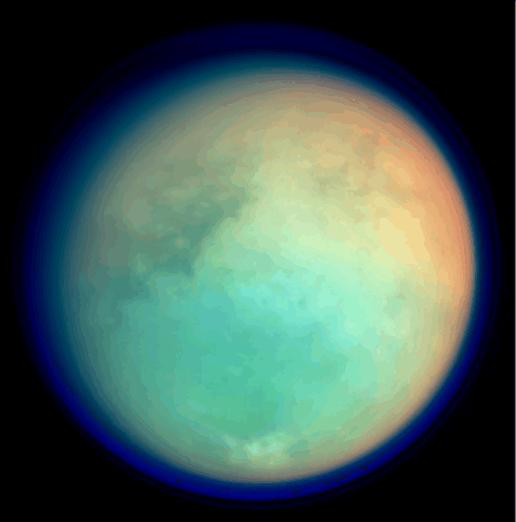
Notice the haze around Titan? That’s an atmosphere which is 150% as dense as Earth’s!
I think Titan has an atmosphere this thick (despite having no magnetic field) because Saturn (and Titan) are much further away from the Sun than we are. As a result, the solar wind is much weaker by the time it gets to Titan, so it can’t rip the atmosphere away as easily as it does to our moon. Titan is also much colder than our moon, so its atmosphere doesn’t escape into space as easily as our moon’s atmosphere would if it existed.
How many days does it take the moon to rotate once on its axis? -Juan
27.3 days, which is exactly the same amount of time the moon takes to orbit the Earth. As a result, we only see one side of the moon from Earth:
This might seem like a coincidence, but it’s actually due to the tides. Over billions of years, the tides slowed the rotation of the moon so we only see one side. The same process is happening to the Earth: the ocean tides are making an Earth day ~2 seconds longer every 100,000 years. This means that billions of years ago, a day on Earth was ~16 hours long rather than the current 24 hours.
How many craters are on the moon? -John and Katia
More than we can count! There are about 30,000 craters big enough to see with Earth telescopes, but the moon has millions of smaller craters. The “far side” of the moon, which we never see from Earth, has even more craters:
And new craters are being formed all the time (click to see a video of a crater being formed):
Where did the ice on the moon come from? -Genevieve
Recently, several experiments have discovered ice on the moon. This was somewhat surprising! The first possibility is that the ice has been on the moon since it formed ~4.5 billion years ago when an object the size of Mars hit the Earth and threw a lot of rock into orbit, which then clumped together because of gravity and formed the moon.
Another possibility is that the ice was delivered to the moon by comets, which are basically dirty snowballs:
When a comet hits a planet, it leaves some of its water behind. This happened in 1994 when a comet hit Jupiter:
… and again this past summer when another object (possibly a comet, but maybe an asteroid) hit Jupiter:
The marks left by these impacts are huge— about the same size as the planet Earth! If these comets had hit Earth instead of Jupiter, the impact would’ve killed nearly every living thing on Earth.
The water on the moon isn’t unique, though. Other moons have water too, like Saturn’s moon Enceladus:
Enceladus has geysers that shoot water out into space:
But my personal favorite is a moon of Jupiter called Europa:
Scientists have discovered that the lines on Europa’s surface are cracks in the ice that covers Europa. That ice covers an ocean of liquid water which is hundreds of kilometers deep! Even though Jupiter and Europa are very far from the Sun, the tidal forces on Europa are enough to keep the ocean from freezing. Maybe if we send a probe under the ice we’ll find alien fish swimming in a vast ocean?
Do you think people will ever be able to live on the moon? -Brianna
I certainly hope so! Now that we’ve found ice on the moon, we might be able to melt it and get drinkable water. But we still need a source of air to breathe and protection from meteors and the dangerous radiation that exists outside of the Earth’s protective magnetic field.
Even the dust on the moon is a problem. That’s because moon dust is very different from Earth dust. Dust on Earth is blown around by winds, and washed away in rainstorms. Our kind of dust is like the smooth stones at the bottom of a stream, rounded by the motion of the water.
Moon dust, on the other hand, has never been touched by wind or rain. As a result, every particle of moon dust is razor sharp, and damages any equipment that touches it.
Despite these difficulties, I hope that we do establish a settlement on the moon. I’m worried that we don’t have a backup plan in case something bad happens to the Earth. For instance, we could be hit by a meteor like the one that killed the dinosaurs 65 million years ago. Or abrupt climate change could suddenly get even worse than we think it will. Or nuclear war could break out, destroying all our cities and poisoning our crops. Or the Yellowstone super-volcano could erupt, blocking out the sun all over the world, etc…
If the worst happens, it’d be nice to have a backup settlement on the moon so humanity would have a fighting chance to survive.
Tags: 5th grade
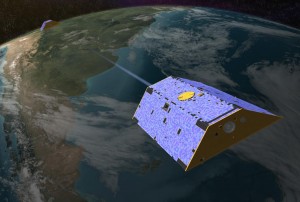
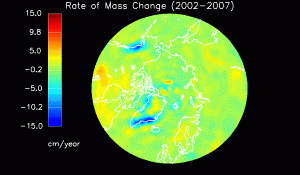
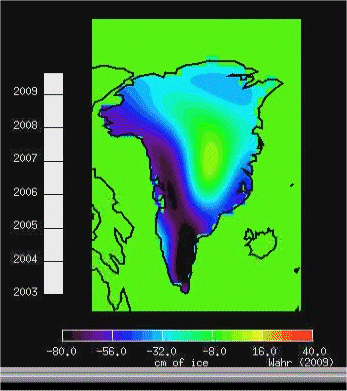
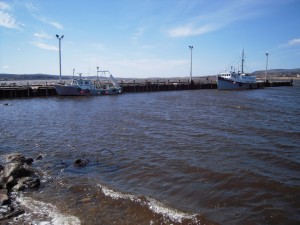
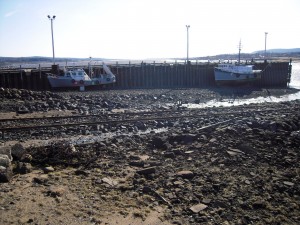
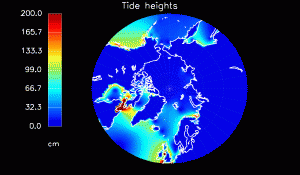
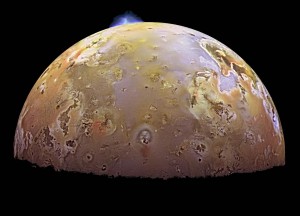
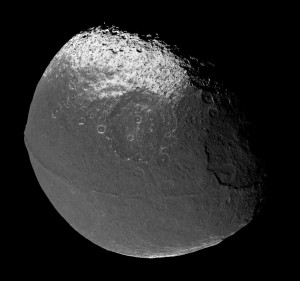
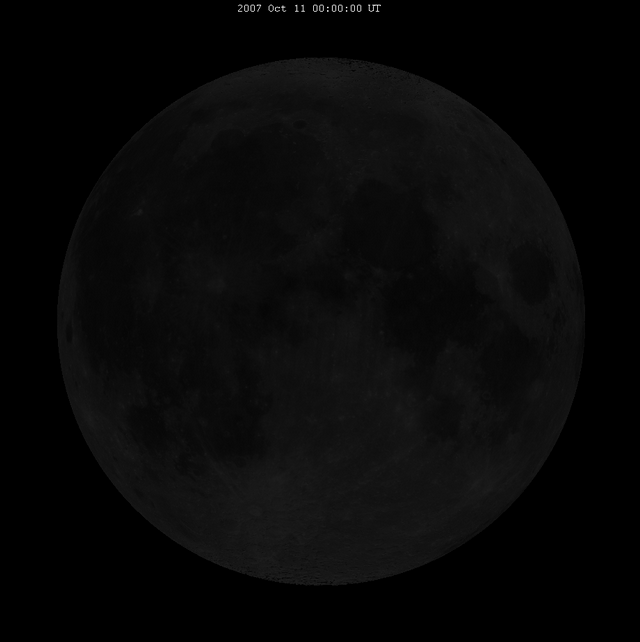
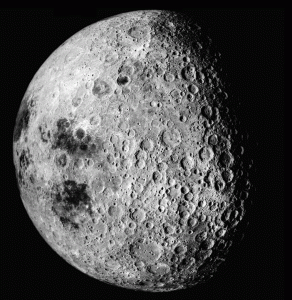
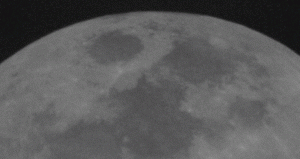
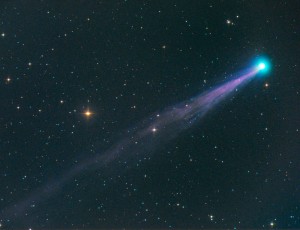
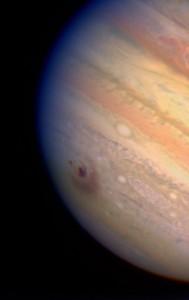
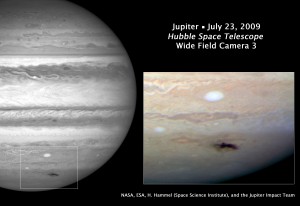
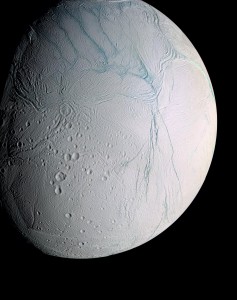
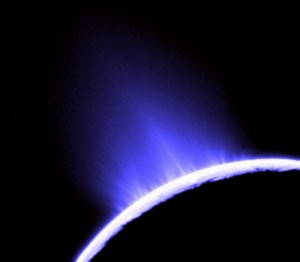
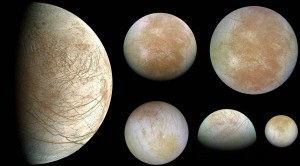
December 4th, 2009 at 10:35
Hey Bryan,
Thanks for talking to our fifth graders. We love video-chatting.
Caroline
August 12th, 2012 at 8:46
Hi Bryan
I understand tides and the effects the moon has on our oceans but wouldnt earth have the same effects on the rock, dust, and ice on the moon creating a movement on its surface. Like we see on earths oceans maybe even lunarquakes?
Would love to hear back from you see if anything is known on this, Thankyou.
Shaun
August 20th, 2012 at 11:15
Shaun,
Yes, observing tides on the moon is one of the many things we’ll learn from GRAIL, which is similar to GRACE but studies the moon. When I get the GRAIL data I’ll see if any lunar tides are detectable.
August 11th, 2015 at 14:18
hello Mr. Killett! This is a cool study, but my question was: if you thought it would be okay if i copied a picture of one of the moons?
August 11th, 2015 at 14:43
It’s fine with me, Zach. But all of those pictures are actually from other websites. I didn’t take any of those pictures myself, so I’m relying on educational “fair use” to post them here.
Many pictures at wikipedia can be used without asking because they’re either in the public domain or licensed using something like creative commons. For instance, this picture of Io is in the public domain so anyone can use it. If wikipedia doesn’t have the photo you want, JPL might.